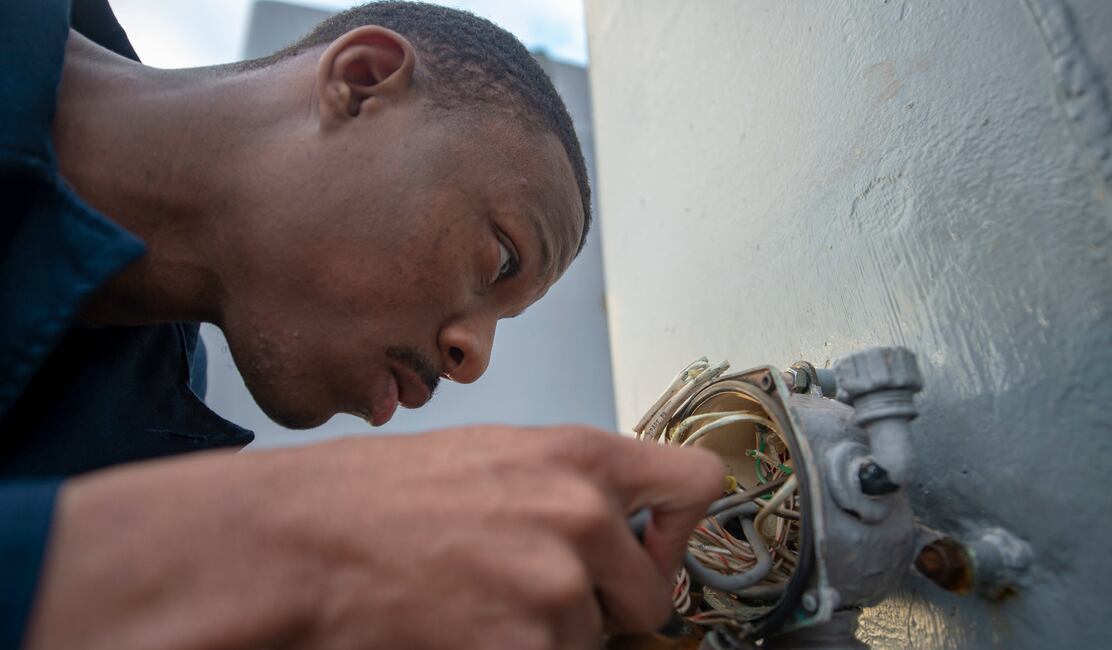More money and more personnel but also new challenges from rising rivals in the western Pacific, Europe and the Persian Gulf.
More changes to your leadership at the Pentagon and in the Navy.
And more innovations that promise to transform the ways the nation’s premier maritime service recruits, trains and retains its sailors.
On Friday and Saturday we gave you 19 through 12. Today we hit eleven and then move into the Top 10.
Sailors, here comes 2019. Buckle up!
RELATED
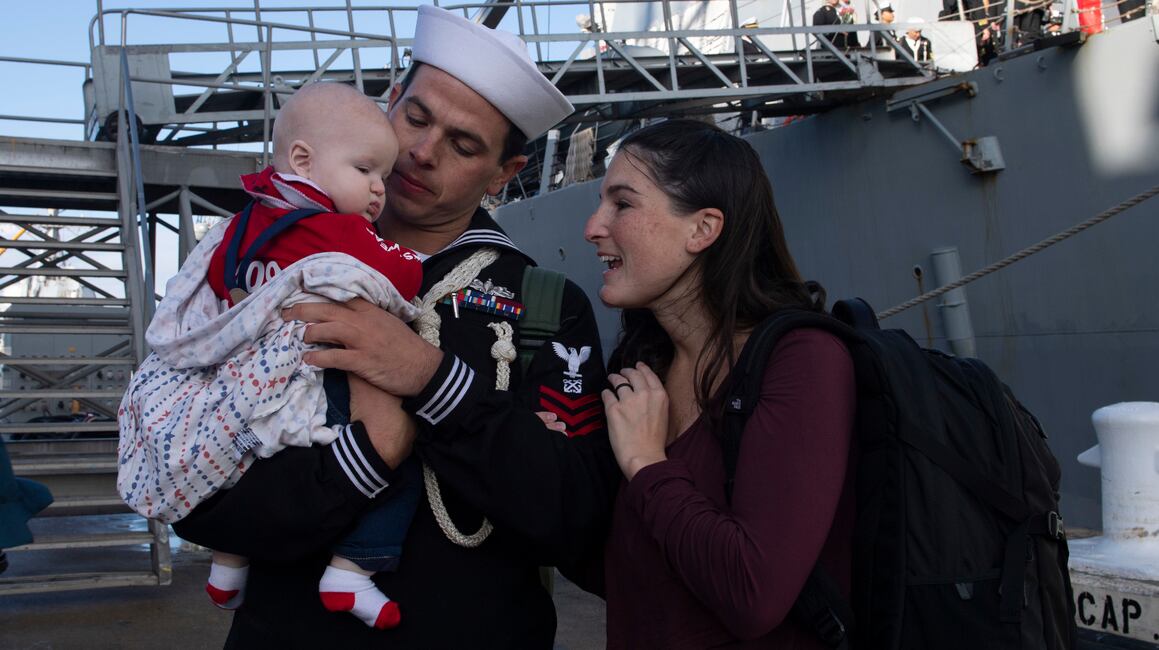
RELATED
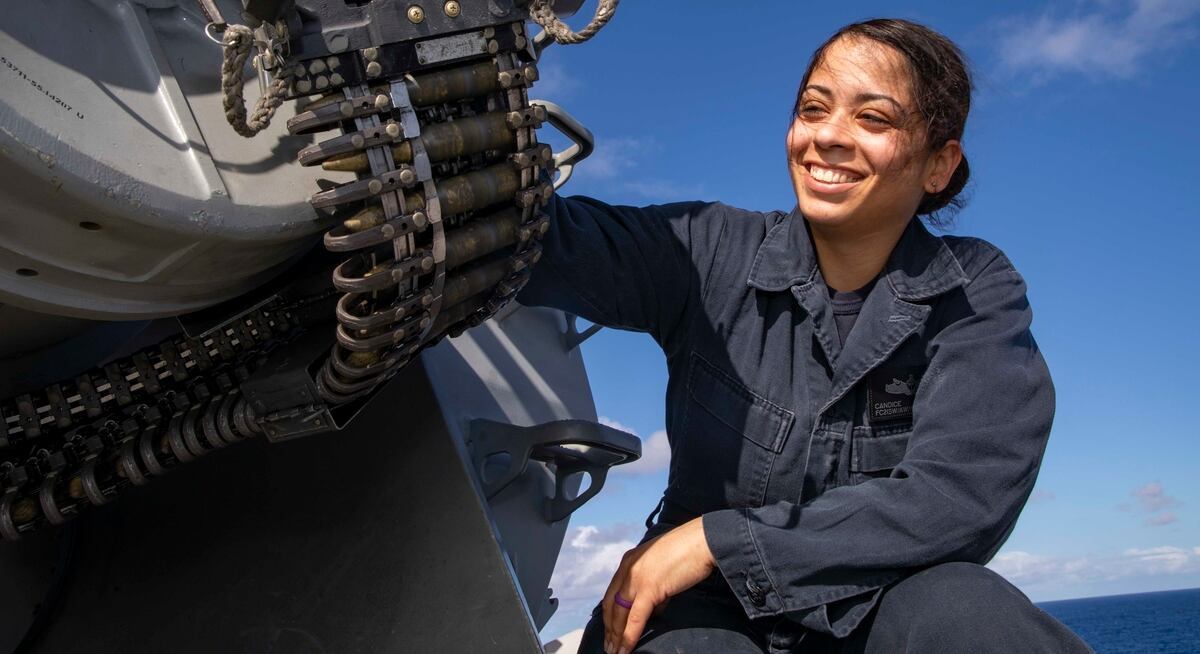
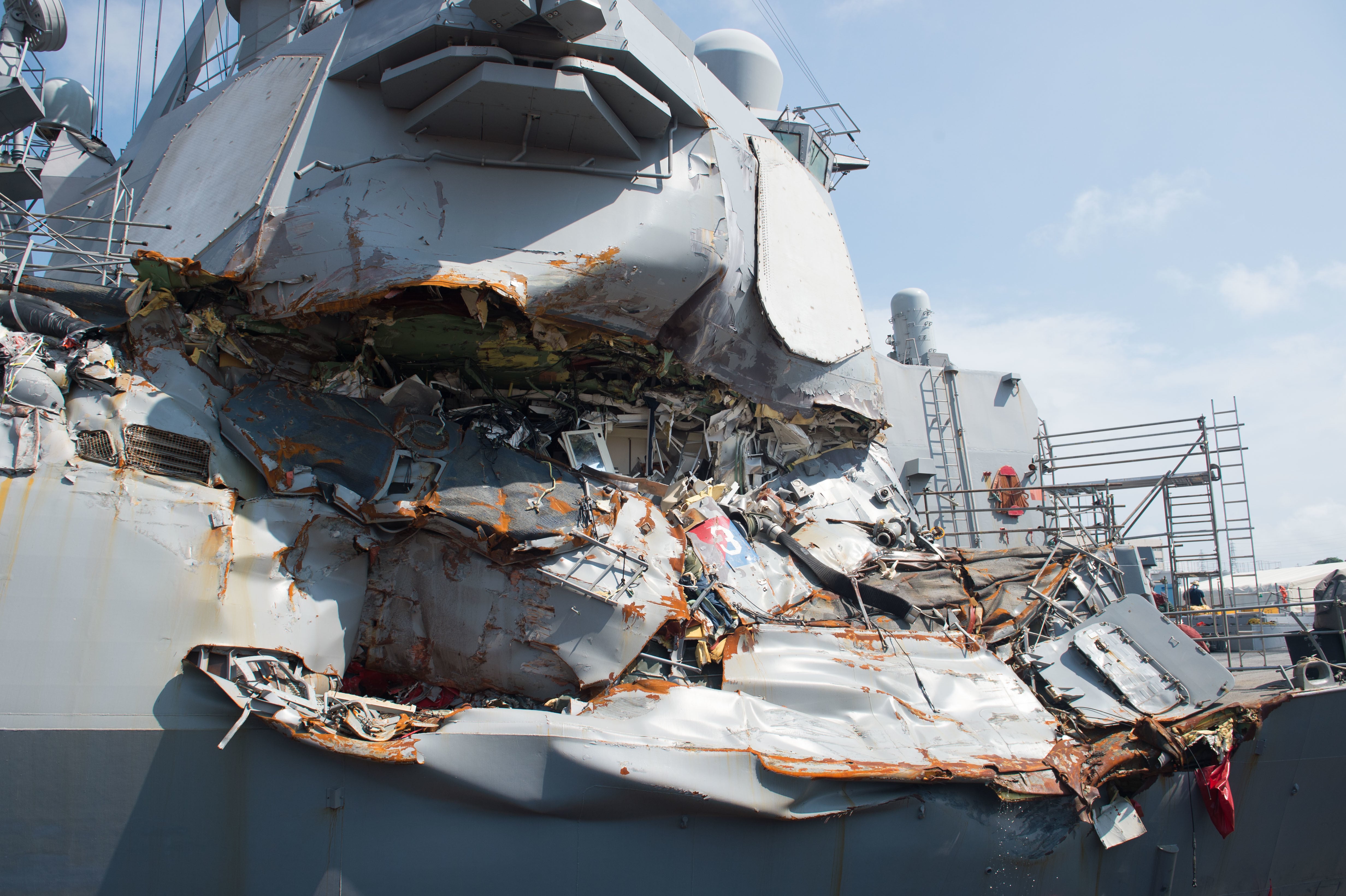
11. Fitz officers fight back
The Navy officer who commanded the warship Fitzgerald when it suffered a fatal collision in 2017 will finally have his day in court next year, and so will one of his lieutenants.
Cmdr. Bryce Benson faces dereliction of duty and hazarding a vessel charges in connection to the June 17, 2017, collision with a merchant vessel off the coast of Japan that killed seven sailors.
The Navy dropped a negligent homicide charge against him.
The ongoing legal maneuvers continue to shine spotlights not only on the Navy’s efforts to shore up years of shoddy maintenance and manning during an era of high operational tempo in the 7th Fleet but also on how senior leaders handle court-martial cases.
Attorneys for Benson and Lt. Natalie Combs have moved to get the cases tossed out of court, arguing that public statements by CNO Richardson and other flag officers, combined with other alleged forms of unlawful command influence, spoiled their chances to get fair trials.
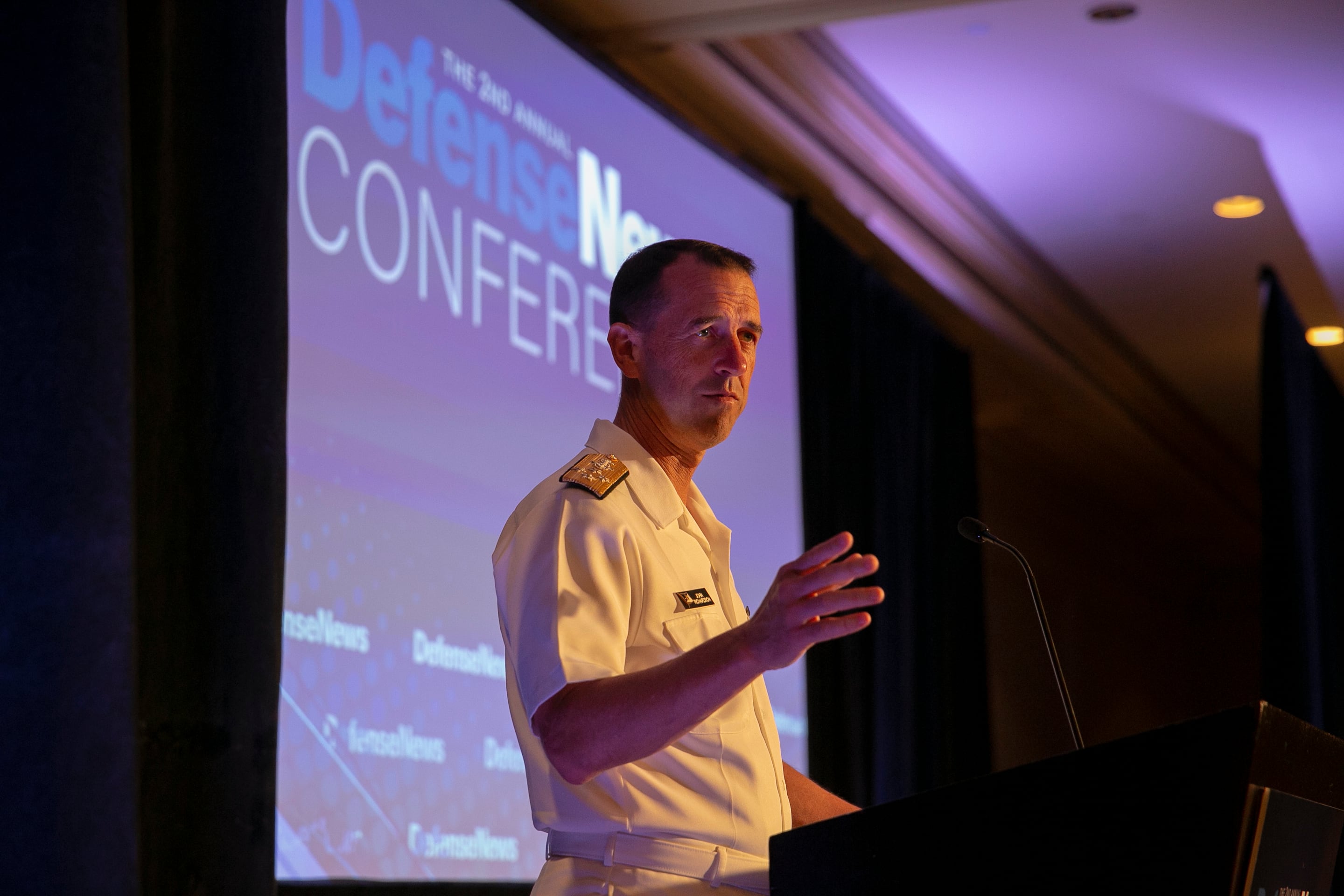
10. CNO about to go?
Next September will be the four-year mark for Adm. John Richardson’s stint as Chief of Naval Operations.
And while officials have been mum on the nominee to become the Navy’s next top officer, the norm has been a four-year tour.
The only four-star to last longer than four in the 21st century was Adm. Vernon E. Clark, who held the post from July 2000 to July 2005, becoming the longest-serving CNO since Adm. Arleigh Burke helmed the Navy between 1955 and 1961.
That’s led to growing speculation about Navy Secretary Richard Spencer’s pick as Richardson’s replacement in 2019.
Richardson and his predecessor, Adm. Jonathan Greenert, were career submariners, as is Adm. James Caldwell, currently the head of Naval Reactors, and Adm. James Foggo III, who has led naval forces in Europe and Africa, plus NATO’s Joint Force Command Naples, since 2017.
Four-star aviators include Adm. Bill Moran, who has served as Vice Chief of Naval Operations since 2016, and Adm. Adm. John Aquilino.
But Aquilino became the 36th commander of the U.S. Pacific Fleet in May and was soon joined in Hawaii by Adm. Phil Davidson, a surface warfare officer, at U.S. Indo-Pacific Command.
Davidson was replaced at U.S. Fleet Forces Command by fellow SWO Adm. Christopher Grady.
The most recent four-star switch occurred on Nov. 26, when Adm. Craig Faller relieved Adm. Kurt W. Tidd as commander of U.S. Southern Command.
Tidd holds the titles of both “Old salt” and “Old Goat” — the oldest serving SWO and the longest-serving graduate of the U.S. Naval Academy.
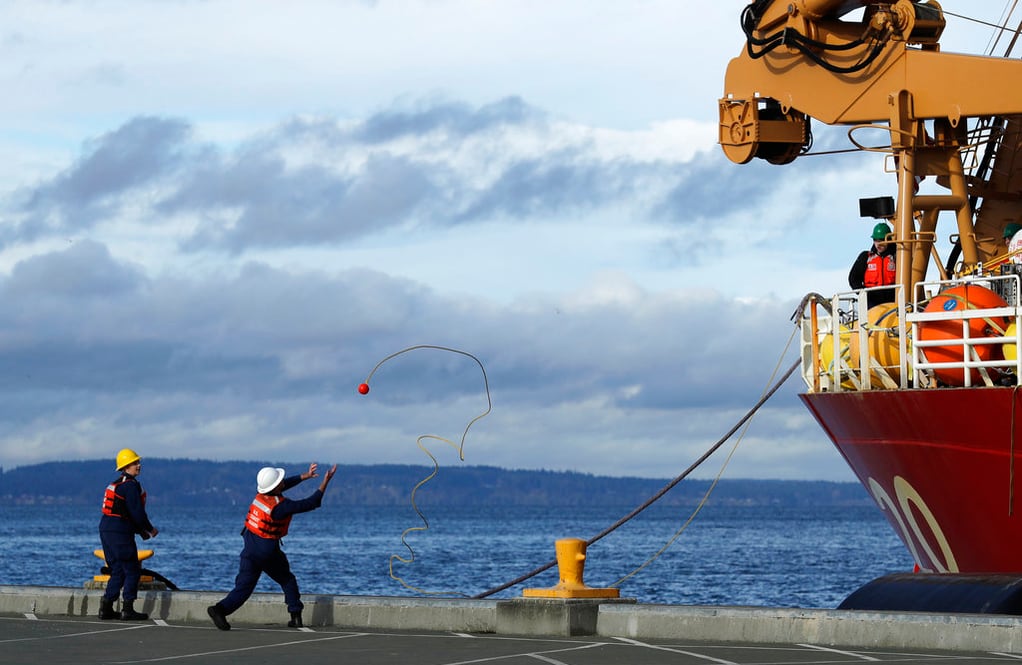
9. Coast Guard needs icebreakers
The Navy draws its funding from the Department of Defense but its smaller sister service, the Coast Guard, relies mostly on the Department of Homeland Security. Lawmakers already wrapped up a 2019 spending package for the Pentagon but in December they were still working on the DHS budget.
Congress and the White House have dangled a $750 million icebreaker project to build what’s now called the Polar Security Cutter but all Coast Guard funding remains on hold during a budget standoff over President Donald Trump’s border wall.
Coast Guard Commandant Adm. Karl Schultz wants to start building six breakers — three heavy, three medium. His service is down to one of each now, the Healy and the heavy Polar Star, which was commissioned in 1976.
The Navy doesn’t have icebreakers and with calls to increase America’s presence in the Arctic region the Coast Guard is raising a hand to help.
And the Coasties can help sooner if they can start building an icebreaker in 2019 and rebuilding the rest of their aging cutter fleet.
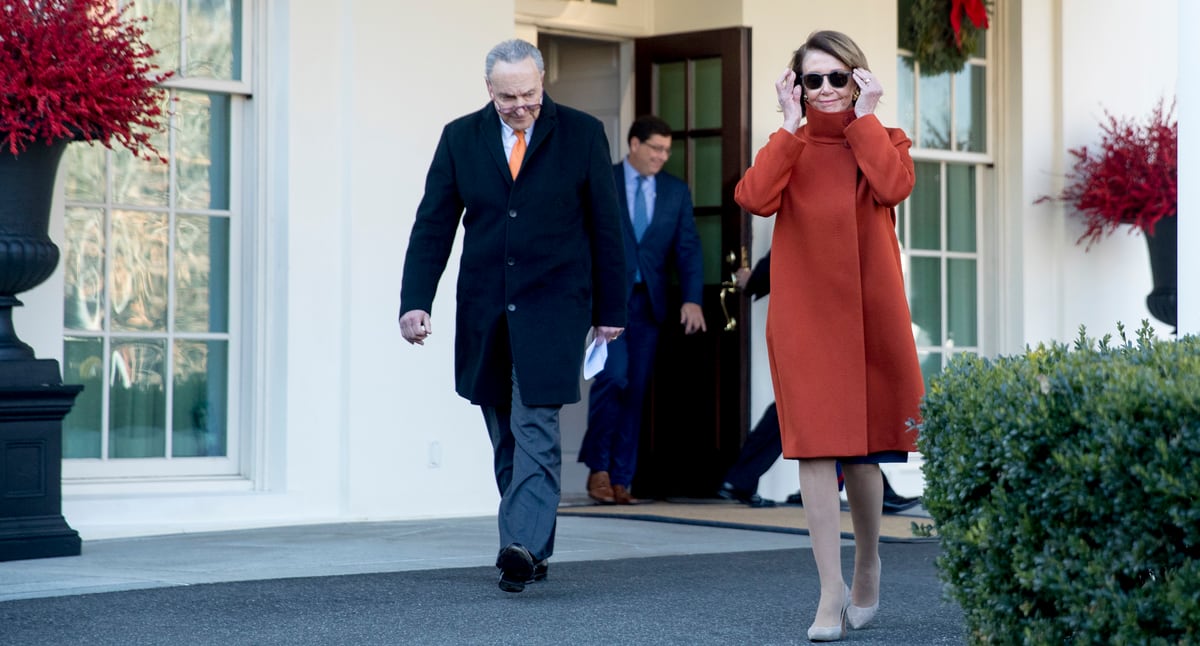
8. Divided government
Just hours after Democrats won control of the House in November’s midterm elections, House Minority Leader Nancy Pelosi, a Democrat from California, said the victory delivered a clear mandate from voters.
“We have a constitutional responsibility for oversight,” she told reporters. “This doesn’t mean we go looking for a fight. But it means that if we see a need to go forward, we will.”
Issues important to the armed forces and military veterans will be at the center of many of those squabbles. Already, Democrats on the House Armed Services Committee have vowed to probe President Donald Trump’s decision to deploy active-duty troops to the southwestern U.S. border, suspecting that it’s little more than a political stunt.
Democratic critics of the president in the House also pledged to explore the military’s transgender recruiting rules, Trump’s strategy in the Middle East and the need for a new authorization of military force resolution for combat overseas.
Senior party officials have promised to dig into reports of Trump cronies influencing Department of Veterans Affairs policies. They also will ask tough questions about GI Bill payment failures during the fall semester and probe plans to overhaul the agency’s community care programs.
Democrats will have broader subpoena power than they enjoyed in 2018 and will use it to investigate Trump’s past tax filings and business connections to Russia.
The new Congress convenes on Jan. 3.
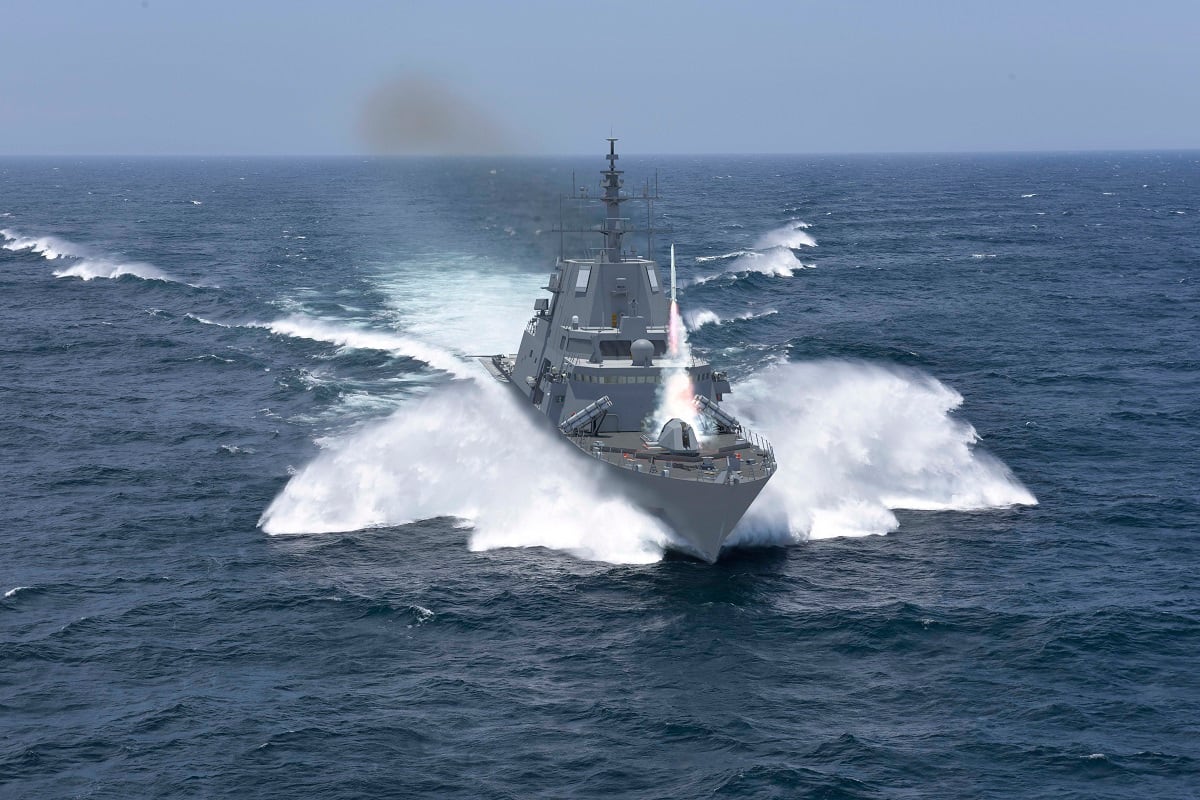
7. Navy mulls frigate choices
The Navy retired the last of its workhorse Oliver Hazard Perry-class frigates in 2015, hoping to replace them with littoral combat ships.
But the LCS program got mired in cost overruns, delays and a fickle Congress that bought more hulls than the Navy wanted, sometimes without the high-tech guts that go into them.
Concerns within the Navy and on Capitol Hill about the future of the LCS have helped to drive the Pentagon to buy up to 20 new frigates, beginning in 2020.
There are five finalists competing to build what’s now called the FFG(X), using designs from existing warships — Austal USA in Alabama; Huntington Ingalls Industries in Mississippi; Lockheed Martin in Baltimore; a joint venture between Italy’s Fincantieri and Wisconsin’s Marinette Marine; and another tying General Dynamics/Bath Iron Works to Spanish shipbuilder Navantia.
Austal is expected to base its design on the Independence-class LCS and Lockheed Martin on its Freedom-class LCS, HII on its Legend-class National Security Cutter, Fincantieri on its FREMM multi-purpose frigate and Bath Iron Works on Navantia’s Álvaro de Bazán-class F100 Frigate.
The Navy hopes to select a winner in 2019, but the Congressional Research Service wants lawmakers and the admirals to first fix some problems with the FFG(X) program.
In a report updated on Oct. 22, CRS urged them to identify the capability gaps and mission needs the new warships are supposed to address and then decide if they’re the right vessels for the jobs.
They also must determine if they’ll end LCS procurement in 2019 and shift to the frigates, or keep buying both vessels.
Should they use a “clean-sheet” design that starts from scratch or lean on “parent” vessels like the LCS that already have been built?
How much space should be built into the frigates to add new technologies and systems as they’re developed, perhaps decades from now?
And how does a new frigate program affect Navy plans to buy more guided-missile destroyers or rehab the aging Ticonderoga-class cruisers?
Those sound like questions that must be answered in 2019.
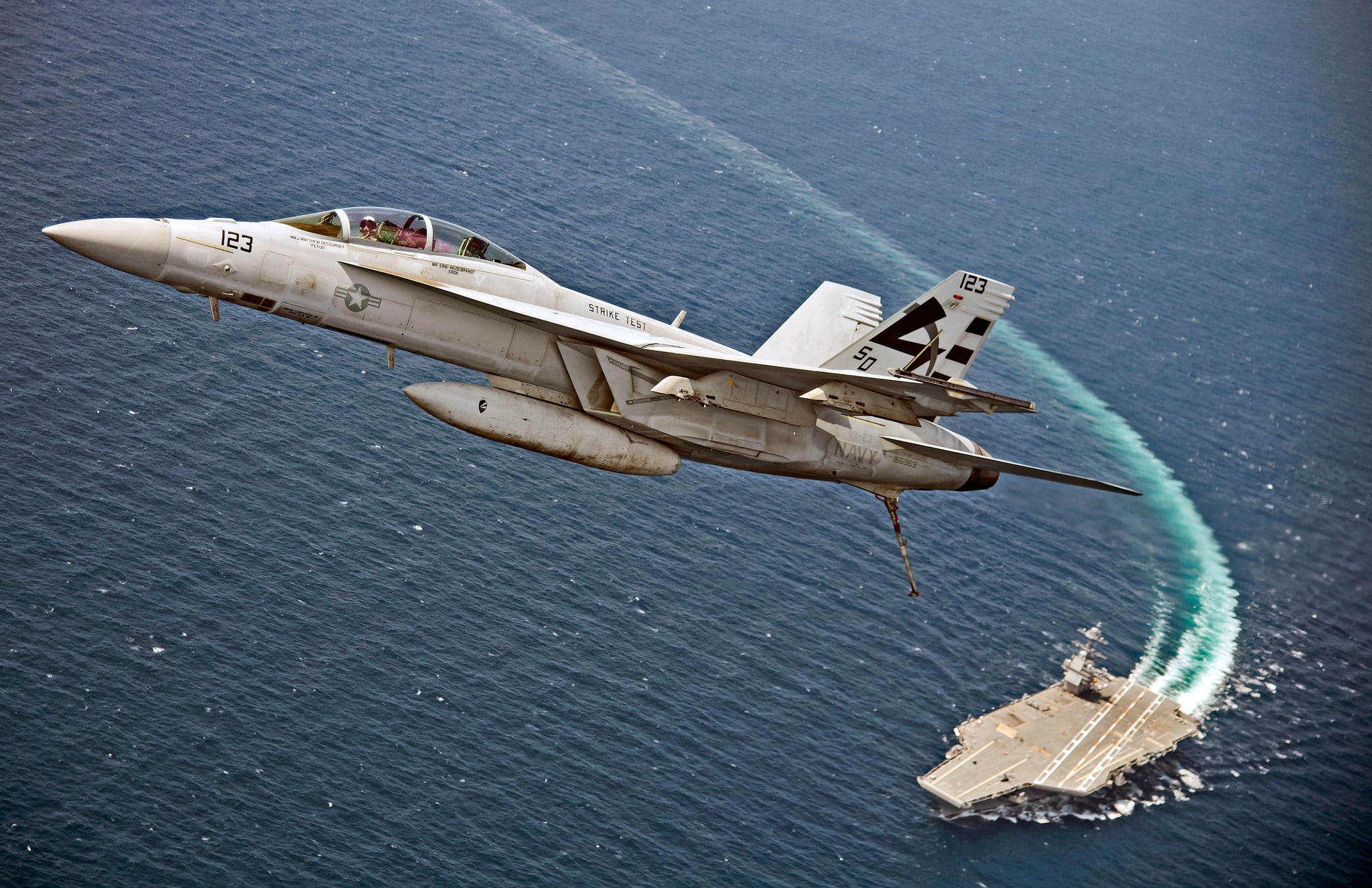
6. More Ford flattops
Dogged by technology glitches and pummeled by critics for its $12.8 billion price tag, the aircraft carrier Gerald R. Ford not only is expected to enjoy a banner year in 2019 but has inspired the Navy to buy more warships like it.
The lead ship in its carrier class, the Ford is scheduled to leave its post-shakedown maintenance session at Huntington Ingalls Newport News Shipyard and head back to sea in late 2019.
Navy officials have told lawmakers that fixes to the Ford’s high-tech electromagnetic catapult system, EMALS, and its Advanced Arresting Gear recovery system will be completed and the warship’s advanced radar installed.
Technicians also are exorcising the demons that haunted the flattop’s weapons elevators.
Ford’s sister carrier, the John F. Kennedy, is expected to be christened by the end of 2019. At the end of November, 84 percent of the flattop’s structure was finished.
Congress capped the Kennedy’s costs at around $11.4 Billion, cheaper than the Ford. It’s why the Navy is wrapping up a deal with Huntington Ingalls to build two more to replace the aging fleet of Nimitz-class carriers.
